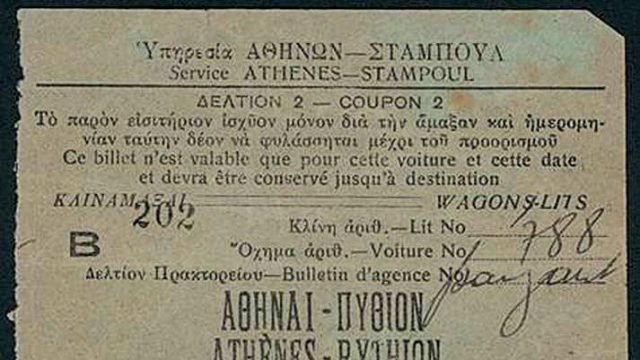The railway age officially began in 1825. The first tickets were slips of paper on which booking clerks wrote the passenger’s name and the coach- and seat-number. Three copies of the ticket were made—one for the passenger, one for the guard, and the third for the booking-office.
In 1836, a British station master, Thomas Edmondson, invented a system where tickets were printed on standard-sized cards, and were individually numbered in each series. When a ticket was issued, it was date-stamped by a custom-made machine. The Edmondson-type tickets came to be a standard feature in railways the world over.
With computerisation, the Edmondson gave way to plain printed tickets. In India, the Centre for Railway Information System (CRIS) staggered in the Unreserved Ticketing System (UTS) with printed slips. These soon relegated the manual printed-card ticket to antiquated heritage trains.
With paper on its way out, electronic versions of tickets began to be accepted. Indian Railways, for instance, has begun to consider an SMS sent by IRCTC a valid ticket since 2012. Alternatively, a screen shot of the e-ticket displayed on any gadget—that is, a Virtual Reservation Message (VRM) or a Mobile Reservation Message (MRM) is valid too.
Quick Response (QR) codes will be the future of railway tickets, as with everything else. Amtrak, the North American railways, started electronic tickets on all train routes with QR codes in 2012 and many other corporations in Europe and even China are doing that as well. The idea is to simply show it to a conductor on a smartphone/tablet screen.




